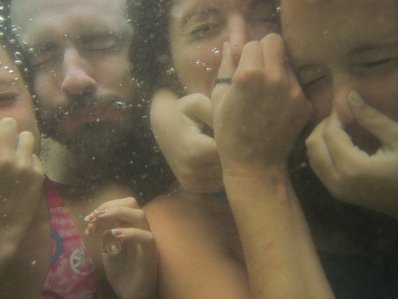|
3-4 Hours
$315 (1 to 3 people) $105 each additional person Maximum 6 people per guide |
|
Cryptobranchus alleganiensis
Fall in the Blue Ridge Mountains is a special time, biologically and aesthetically speaking. With the days getting shorter and the beautiful colors becoming more vibrant, one of our most ancient aquatic animals prepares to reproduce. This is a very exciting time for observing territorial behaviors of the eastern hellbender (Cryptobranchus allaganiensis). Males will fight vigorously over the best breeding rocks. Like alligators they bite down on one another, rolling around on the river bottom, until one gives up and declares the other "Den Master".
|
FALL HELLBENDER
|
Canoe & River Snorkel Adventure |


LocationAbout UsOxbow River Snorkeling offers guided river snorkeling, backcountry adventures, Outdoor classroom for students, and WILDERNESS FIRST AID & CPR CLASSES in western North Carolina. |
|
